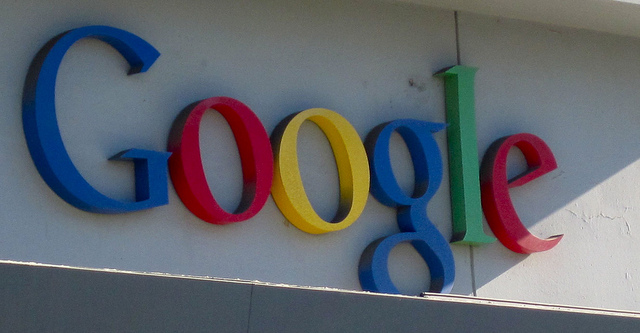We’ve delved into many SEO strategies on this blog in the past, however, sometimes it’s useful to go back to the basics. It’s always a good idea to know your fundamentals are sound before moving on to the more advanced strategies. In this blog we will go over what is needed to “keep your house in order” in the form of on-page SEO. With recent Google algorithm updates, this initial optimization and on-going housekeeping has become one of, if not the single most important variables when it comes to search engine rankings. Keep reading for valuable SEO tips for beginners from New Wine Web Design.
1. Title Tags & Meta Descriptions
It is vital to include your target keyword or keywords for each page in the title tag and meta descriptions in the header. There is a 156 character limit for your meta description that Google will display in search, make sure your keyword(s) appear in the first 156 characters. It is also necessary to include your business’s target keyword(s) in the H1 tag and H2 tags displayed on page. This first step is of the utmost importance, remember to include all of these items on each page you are serious about ranking.
2. Original Content & Keyword Inclusion
Google values content and user experience above all else. Make sure that the content on each page of your website is original, contains a minimum of 300 words, and contains your keyword(s) at least a few times. Never include duplicate content from other sources on the web, this is a surefire way to get your website penalized.
3. URL/Link Structure
This step is often overlooked. Whenever possible include your keyword in the url of each page. For example, the keyword for this blog post is “SEO tips” and therefore as you can see in the address bar the URL of the page is “/seo-tips-for-beginners-on-page-strategies”. If you are able to acquire a domain name with your main keyword in it as well, that certainly won’t hurt.
4. Images and alt Tags
Don’t skimp on the imagery on your website. Use original photography whenever possible, or stock photography that doesn’t appear generic. When you include images on your website, add alt tags that include your target keyword(s).
5. Outbound links and Anchor Text
At last, add outbound links on your optimized pages that target trusted, well ranking websites. When linking internally on your website, use anchor text (the words that are linked) that include your keyword(s). However, when linking to your website from outside sources, vary your anchor text so that search engines do not perceive your link profile as unnatural.
Images used under creative commons license – commercial use (3/26/2016) Neon Tommy(Flickr)
